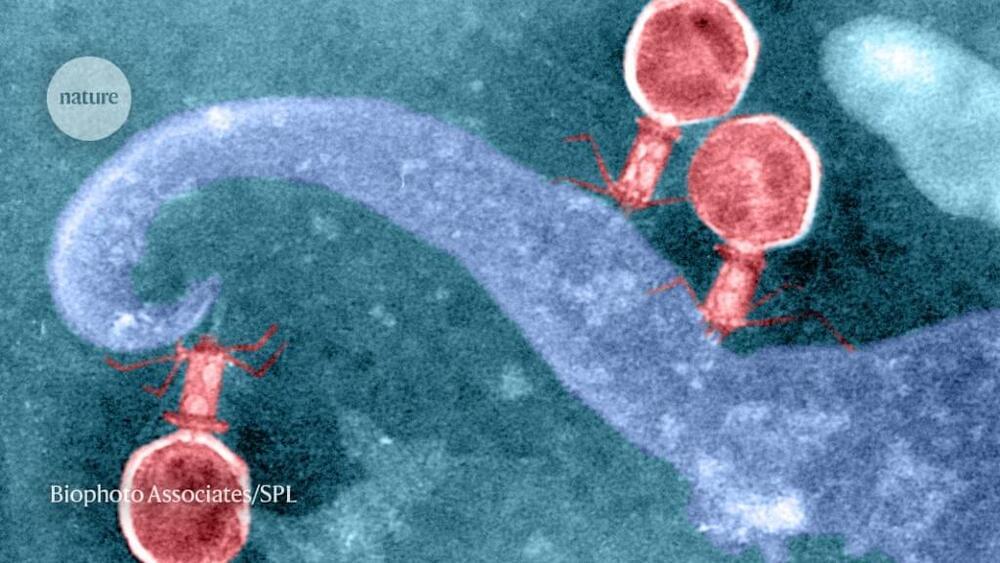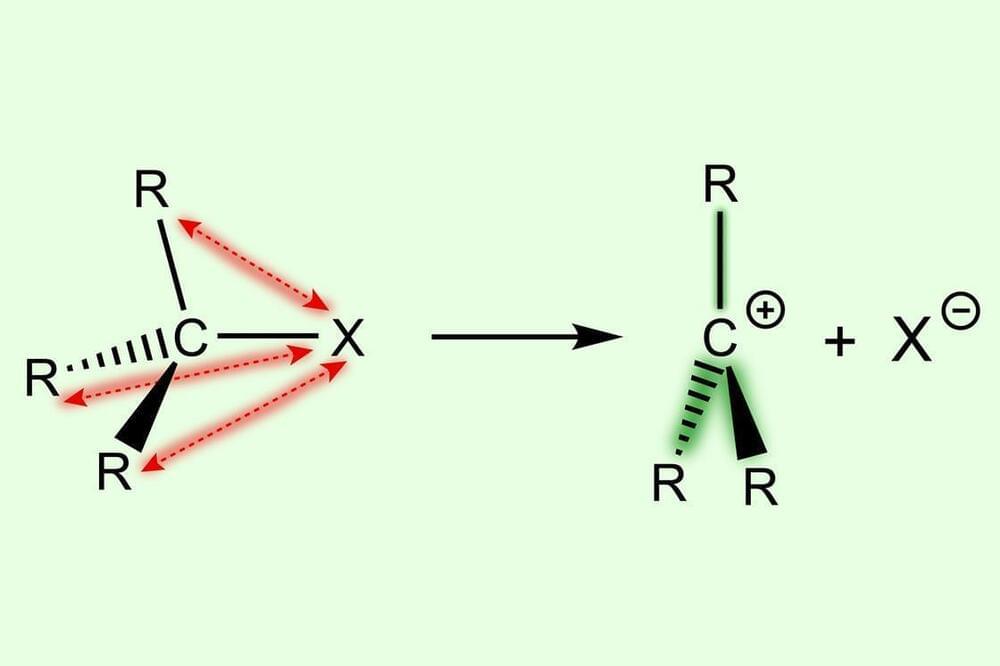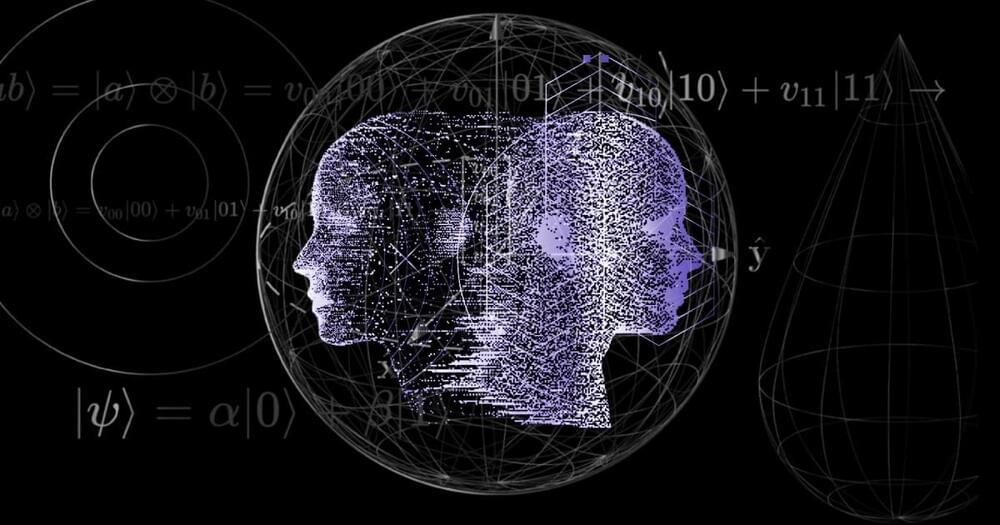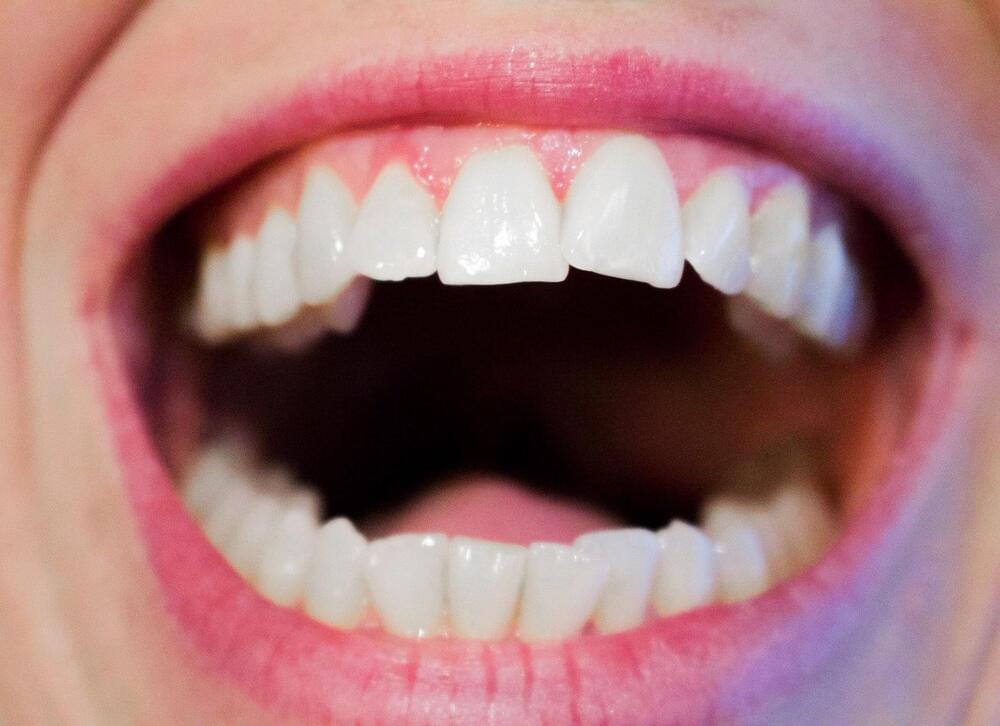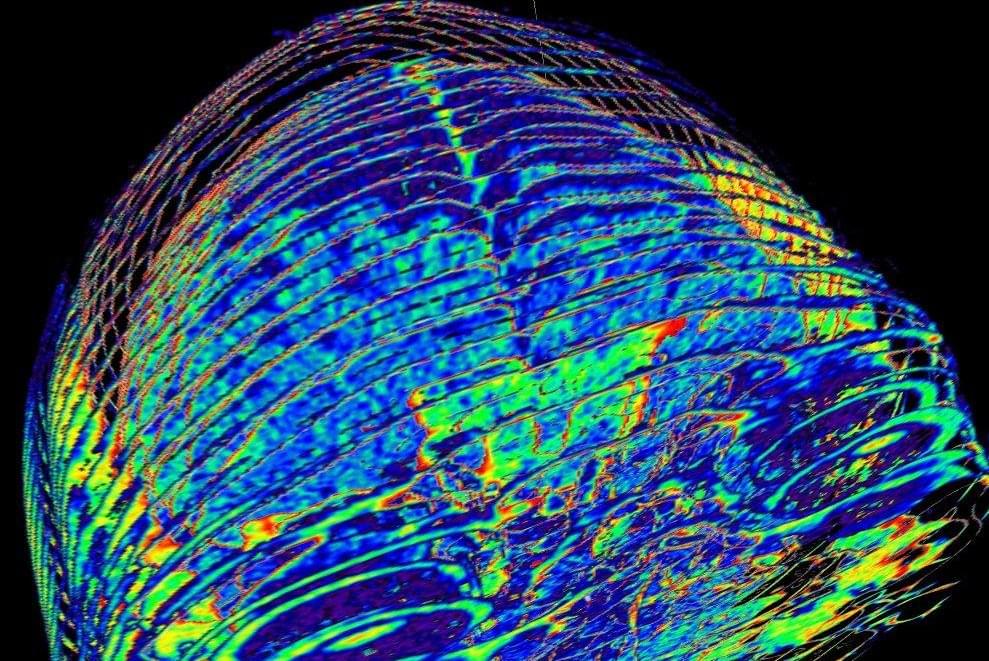Phages probably picked up DNA-cutting systems from microbial hosts, and might use them to fight other viruses.
It is easier to form more substituted carbocations because of destabilisation in the parent substrate, rather than stabilisation in the reactive intermediate, new research shows.1
Many organic transformations involve carbocations as reactive intermediates. These are usually formed via a heterolytic C–X bond dissociation to give a carbocation C+ and an anion X-. Current understanding is that the bond dissociation energy decreases with increased methyl substitution because of the stabilising effect of the methyl groups, as well as relief due to steric repulsion: going from substrate to carbocation gives the substituents proportionally more room in a more substituted system. However, a team in the Netherlands, led by Matthias Bickelhaupt at VU Amsterdam, has investigated this from a different angle.
New research indicates that consciousness may rely on quantum mechanics. Perhaps the brain does not operate in a “classical” way.
Researchers at Karolinska Institutet in Sweden have identified the bacteria most commonly found in severe oral infections. Few such studies have been done before, and the team now hopes that the study can provide deeper insight into the association between oral bacteria and other diseases. The study is published in Microbiology Spectrum.
Previous studies have demonstrated clear links between oral health and common diseases, such as cancer, cardiovascular disease, diabetes and Alzheimer’s disease. However, there have been few longitudinal studies identifying which bacteria occur in infected oral-and maxillofacial regions. Researchers at Karolinska Institutet have now analyzed samples collected between 2010 and 2020 at the Karolinska University Hospital in Sweden from patients with severe oral infections and produced a list of the most common bacteria.
This was a collaborative study that was performed by Professor Margaret Sällberg Chen and adjunct Professor Volkan Özenci’s research groups.
Closing the gap on premature deaths from non-communicable diseases is key to economic prosperity, global health and social justice. Digital tools can help tackle the problem.
Or become a member to get unlimited access, personalised email alerts, online training and more. You can join us for just 69p per week.
Researchers warn against the Windows malware ViperSoftX, which infects users’ Chromium-based web browsers with malicious extensions.
SharkBot Android banking fraud malware has resurfaced on the official Google Play Store and pretends to be a file manager app.
Black Basta ransomware gang is actively infiltrating U.S. companies with the Qakbot malware to create an initial entry point.
Nov. 23 (UPI) — Researchers said Wednesday they found changes in almost all the regions of the brain they investigated via MRI scan data of children with attention-deficit/hyperactivity disorder.
Children with ADHD had abnormal connectivity in the brain networks involved in memory processing and auditory processing, a thinning of the brain cortex, and significant white matter microstructural changes, especially in the frontal lobe of the brain.
The results of the new research on brain biomarkers of ADHD — based on analysis of data from MRI exams of 7,805 children — is scheduled to be presented Sunday at the annual meeting of the Radiological Society of North America.
